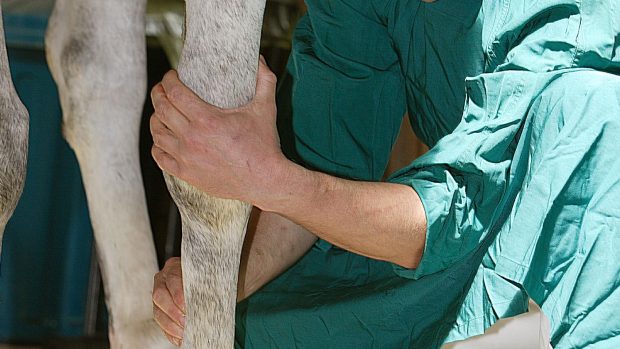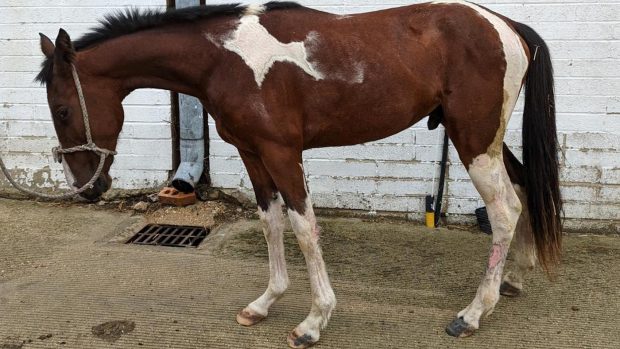Every horse has one, but do you know why the heart is a muscle, what causes it to beat and what rates are considered healthy? Here are 16 things you need to know about how the equine heart works — and what can go wrong.
1 The heart is a muscle that contracts in a rhythm, hence its regular beat.
2 It acts as an electric pump to move blood around the horse’s body and provide cells and tissues with oxygen.
3 Hearts have four chambers: the right and left atrium at the top, which both receive blood, and two ventricles at the bottom to pump blood.
4 When blood enters the right atrium, it is low in oxygen, so it passes into the right ventricle. From here it is pumped into the lungs via the pulmonary artery to be oxygenated.
5 Once this has happened, blood passes through the pulmonary veins to the left atrium and on to the left ventricle.
6 Now oxygen rich, blood is pumped into the horse’s body via the aorta, a major artery.
7 This heart cycle results in the distinctive beat you can hear.
8 To prevent blood flowing the wrong way, the upper and lower heart chambers and vessels are separated by valves.
9 These valves can leak slightly in fit, healthy horses. However, severe leakiness causes the heart’s chambers to enlarge, making the horse unsafe to ride. A heart scan is needed to determine this.
10 A pericardial sac filled with fluid surrounds the heart and cushions it.
11 A horse’s heart has massive capacity to increase the amount of blood it pumps. This is called cardiac output and is why horses can work at high speeds for a long time.
The following heart rates are normal for a fit, adult horse:
- At rest 24-40 beats per minute (bpm)
- In trot 80 bpm
- In canter 110 bpm
- A fast canter 140 bpm
- In gallop 180 bpm
- Maximum rate 240 bpm
12 There are two main forms of heart problems: (1) murmurs caused by abnormal blood flow and (2) arrhythmias, which are disturbances of the heart beat rhythm.
13 Functional flow murmurs are caused by large amounts of blood passing through the heart. These are common and are of no clinical significance.
14 Pathological murmurs are caused by heart disease. The murmur is graded according to its loudness, when it occurs in the heart’s cycle and where it can be heard the loudest.
15 If a pathological murmur is suspected, other signs of heart disease will be investigated and an ultrasound of the heart (echocardiogram) will be advised. This can identify problems such as abnormal function, leaky valves and a hole in the heart.
16 Physiological arrhythmias are heard at rest, but disappear when the heart rate increases due to exercise or excitement. It is common for an irregular rhythm — occasional pauses of the heart (missing a beat) — to be heard in fit horses. This is called second-degree atrioventricular blocks.
To find out more about your horse’s heart, and what you can do to keep it healthy, don’t miss the current issue of H&H Ask The Vet, which is on sale now





